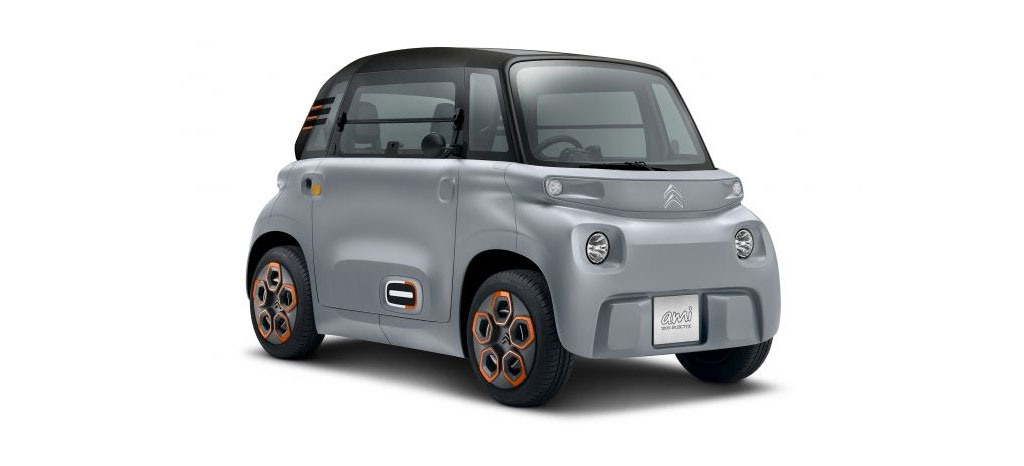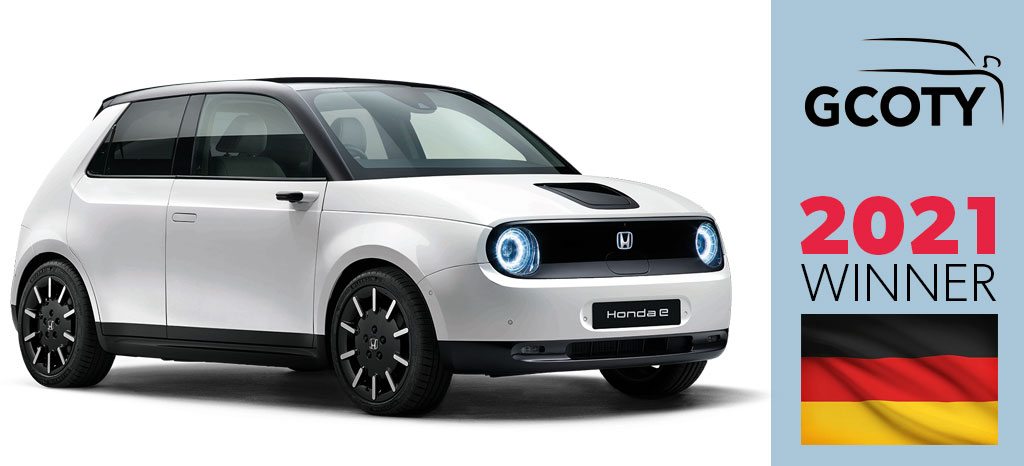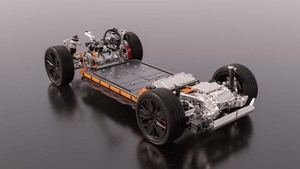Range anxiety – a genuine issue or born from the fear of the unknown.
How far a vehicle travels on a single charge and speed of recharge is the topic of discussion around the water cooler. Other factors such as style, power and general function are clearly proven. There is, however, still concern about battery range.
So at what point is the range acceptable for drivers to consider making the switch from petrol or diesel to an electric vehicle (EV)?
A report in the late 2020 from Castrol said that the tipping point for car buyers who want EVs was a price tag of £24,000 / €26,300 and a range of 282 miles/453km. In addition, it needed to be recharged within 30 minutes.
We can all understand that some fleet drivers need range to allow them to perform their high mileage driving tasks. Range provides reassurance and alleviates the panic (perceived) of having to search for a top up or, worst of all, being left stranded with a dead battery.
New technology
So the search is always on for greater energy density from batteries to deliver that crucial element of EV ownership. Greater range.
Toyota is currently looking at solid state batteries, and has put plenty of research time into the project. Solid state batteries have several advantages over the lithium-ion batteries used currently in EVs. They are energy dense – in other words they contain more in less space – and are safer (there’s little danger of a battery fire), plus they are likely to be cheaper and are very quick to charge up. However, the life expectancy of solid state batteries remains an issue. Constant charging and discharging of the batteries degrades cell components. Nevertheless, Toyota remains focused on productionising solid state batteries with a limited vehicle run due by 2025.
Meanwhile Tesla and its battery partners are working on increasing the energy density of the battery packs that power the brand’s cars. This will allow vehicles to travel for longer before charging, and could result in lighter, smaller and less expensive battery packs delivering the current range mileage. But this is still very much about range – and how to get more.
Is there another perspective on this?
Small cars, small range
In China, which is the leading market for EVs, drivers have some different options. This includes a low price point matched by a low range. The American car producer, GM, in a joint venture with SAIC and Liuzhou Wuling Motors, sells a car called the Wuling Hong Guang MINI EV.
It’s cheap – from $4200 (about €3300) – and it’s basic (no airbags for example) with a range under 160 kms. But the car is selling well. Its popularity lies not only in the price, but as an affordable runabout where range is not the issue, but practicality and running costs are.

It’s something that Citroen is exploring with its Citroen Ami. This tiny two seater has a top speed of 45kmph (75km range) and the electric motor is driven along by a tiny 5.5kWh battery. You charge it via a traditional 2 or 3 pin plug and it’s very basic indeed. But it’s cheap – some €5500 – but apparently can be leased from approx €20 per month, or used on a car sharing basis.
What about battery swaps?
Chinese manufacturer NIO offers its cars with swappable batteries. It’s part of the company’s business plan. Rather than waiting 20 or 30 minutes and having a coffee while a rapid charger fills up your battery, your battery pack can be swapped within three to five minutes: about the time it takes to fill up and pay for an ICE fuel tank.
It also substantially reduces the cost of the vehicle – the battery is the most expensive element – allowing subscribers to rent a battery pack which can be upgraded to a bigger capacity when required (such as a longer journey, for example). Since May 2020, the company has completed 1m battery swaps. So it’s proving popular.
This idea is not new. When Renault first introduced EVs to the EU, the battery was leased separately. Again this reduced the initial purchase price of the vehicle. Nevertheless, the residual value setters took a dim view of such an approach, and Renault has since decided to fall in line with other car producers and make the battery an integral part of the vehicle price.
Germany’s Car of the Year
When you think of Germany and its motor industry, it’s always been about speed: the unrestricted autobahns, BMW and its M Sport range, Mercedes with its AMG range and Audi with its RS models.
Things are however, changing in the automotive world and the finest example comes from Germany, where the 2021 Car of the Year Award went to a surprising model. The quirky Honda e electric urban car managed not only to claim the title for an EV but also beat all its German rivals to the punch. This marks a huge premiere in the history of the award and says a lot about the Japanese car.

And that’s the point.
Range – how much range, or how little – is only relevant depending on the market, depending on the use, depending on the purpose. A Honda e would not be the correct choice for a 1000km a week fleet driver; but it could well be the appropriate choice for a company car driver who receives a car as part of the remuneration package.
So we shouldn’t get hung up on range when choosing an electric car. In leasing terms, it’s like specifying a contract with 30,000 km per annum, when all you will need is half the amount. But you choose 30,000 miles ‘just in case’.
Making the switch to an EV fleet is becoming more and more achievable, desirable and cost effective in TCO terms. Your strategy for 2021 should definitely include the options that are now open to you.
When assessing the feasibility of electric vehicles and certainly when assessing plug-in hybrid vehicles, it is important to map mobility profiles of the drivers. What will be the use of the car? Is a range of 600km necessary – do you need to pay the price premium for that? Will the PHEV be driving a lot on fuel due to high mileage trips – and therefore explode the TCO? Fleet360 has developed proven methods to provide insights in these mobility profiles and to steer towards the optimal power train.
Bart Vanham
Are you still concerned about battery range? Contact us for some recent case studies.



